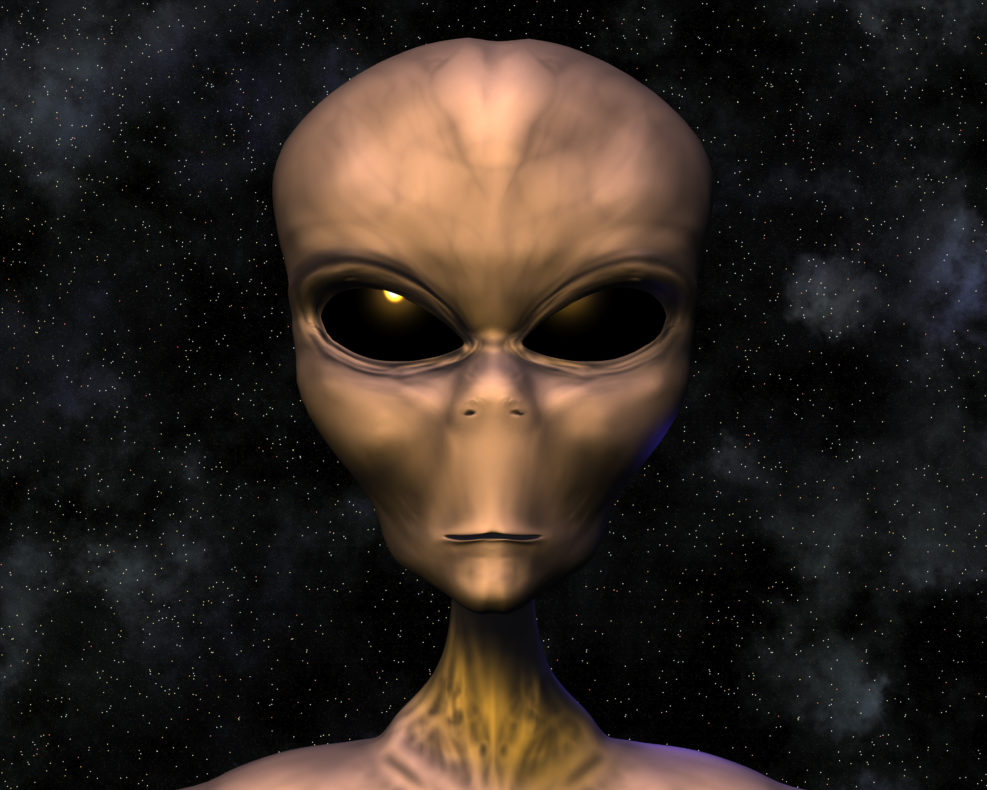
SETI Director Warns: Those Aliens Could Be Malevolent
Harvard astronomer agrees: We’ve sent a lot of signals in recent years; they may have got them. But now what?As the Mars Rover Perseverance bumps around looking for fossil bacteria and such, many students of possible ET life are becoming surprisingly cautious about what it might mean: “We have no reason to believe that technological advancement and altruism or morality are somehow linked,” SETI researcher Andrew Siemion told Inverse. “There probably are malevolent civilizations elsewhere in the universe so that’s certainly something that we should consider as we continue to explore the universe.” Siemion, who’s the director of the Berkeley SETI Research Center and principal of the alien-hunting Breakthrough Listen project, is invoking a tension at the heart of any project searching for alien life. Successfully finding it would change the world — but there’s also no guarantee humanity Read More ›
